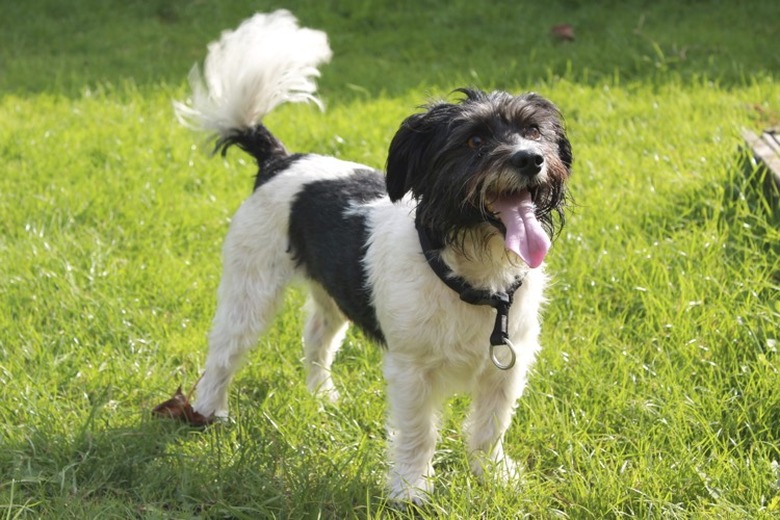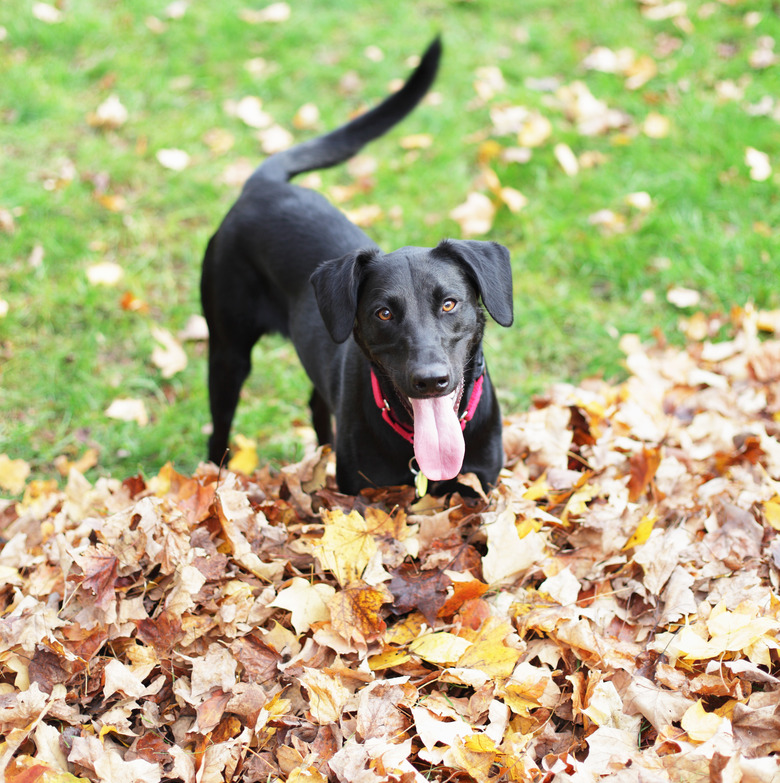Is Tail Wagging Voluntary Or Involuntary For Dogs?
A dog's tail language is robust and complex and offers a glimpse into her emotional life. But is wagging their tail a voluntary action, or simply an involuntary reflex which allows them to wear their hearts on their sleeves (or in this case, their tails)?
It turns out, it might be a little bit of both.
Tail muscle control
Tail muscle control
Your dog's tail may seem to have a mind of its own, but the muscles that control it don't. Just like the rest of her body, she can control her tail muscles by thinking in order to manipulate movement. She can raise, lower or wag her tail at will, and she can stop it mid-motion, too. Your dog's tail helps her keep her balance, so it's necessary to have voluntary control over the tail muscles.
We think tail wagging is a learned behavior
We think tail wagging is a learned behavior
Many experts believe that tail wagging is a socially learned behavior, as puppies don't wag their tails immediately after they're born. Your dog's tail is kind of like an emotional barometer, and it's important for dogs to convey their emotions to their social group. While we readily associate a wagging tail with a happy dog, the angle and nature of the wag could mean agitation or anger, too. Though different tail wags probably signify different emotions, given their complexity, not all sources agree on the meaning of each type of wag. It's probable that individual dogs have their own unique tail-wagging language.
Stop and go
Stop and go
Dogs can control their tails and their tail wags, but it appears they often start wagging out of instinct, not conscious thought. It's kind of like a human frowning. You might begin frowning as an ingrained as well as habitual response to, say, an inappropriate joke, but you can return your mouth to resting, smiling or a deeper frown at will. As such, tail wagging appears to be a response to stimuli that can be manipulated by conscious thought. That makes it part involuntary and part voluntary.
Other movements
Other movements
If you're confused as to why your dog's wagging her tail, look at her body language for other signals. If she looks tense, she may be upset. If she looks relaxed, she may be happy. Tail movements alone are sometimes hard to read. Generally, a languid wave of the tail is probably a positive wag, and a stiff wave is probably a negative one. Dogs lower their tails when they're intimidated or trying to make peace, so a low tail wag probably fits into that arena. You can take note of your particular dog's tail wags to make your own personal dog-tail-wagging dictionary if you want to get a better understanding of your canine friend.
Conclusion
Conclusion
Dogs can control the movement of their tails, but it seems that their tails often begin wagging out of instinct, rather than conscious thought—similar to both smiles and frowns in humans. Thus, tail wagging appears to be a response to stimuli that can be manipulated by conscious thought, making it it partially involuntary and partially voluntary.


